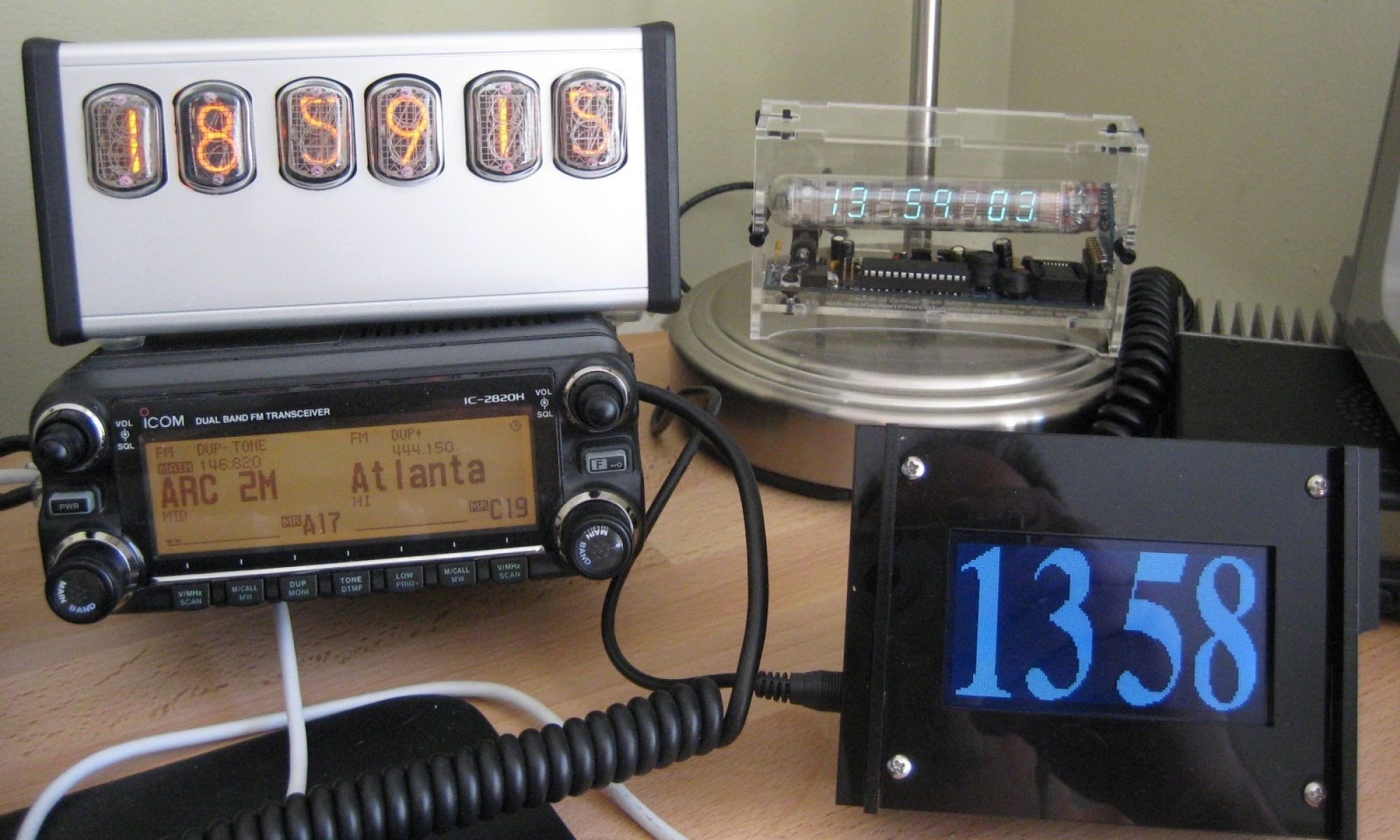Note: Initial post of this article was around 5 PM on April 20, 2022. I corrected the post around 6:20 to reflect the proper call sign.
In case you didn’t know, Telstar was the first satellite to do communications between 2 continents. It launched in June 1962 and lasted less than 9 months.
YouTube was nice enough to suggest this Periscope Film called “Behind the Scenes with Telstar.”
This left me with a few questions:
At 27:08 in the video the tech says “sending station identification” and you hear in Morse what appears to be DE KF2XBR.
Correction from initial post: I found a second video where you can hear the Morse Code and it’s clearer now. The call sign is KF2XCK as found in the linked video from AT&T Tech Channel.
I don’t know that satellites to this day that satellites have had their own callsigns, so I’m assuming this is the ground station call sign. That ground station was in Andover, Maine. (An additional Bell Labs Telstar video confirms at least the DE KF portion of the call.)
This raised a couple of questions for me. If it was a communications service, why didn’t it have a XXX#### type call that seems to have been given out at the time?
Why was if KF2*** when Maine is in the 1 call sign area? My guess is that KF2XBR would have been assigned to Bell Labs, and that would have been coordinated out of their New Jersey HQ. I looked at the 1961 and 1963 Call Books, but there are no K*2X* stations listed.
I’ll be doing more research but if I am to believe Wikipedia, all experimental call signs, not just amateur, were in this **#X** format.
I did find a later use of KF2XBR as part of a BellSouth permit granted by the FCC in 1990. These look like cellular telephone frequencies.

From reading through these FCC proceedings, it might say that these experimental calls were given out sequentially instead of by call region, because many of the calls listed were KF2X** calls.
An interesting fact I found when reading was that the US accidentally nuked the satellite after a high altitude nuclear test. Scientific American documented how the Starfish Prime test impacted Telstar, which launched a day later.

